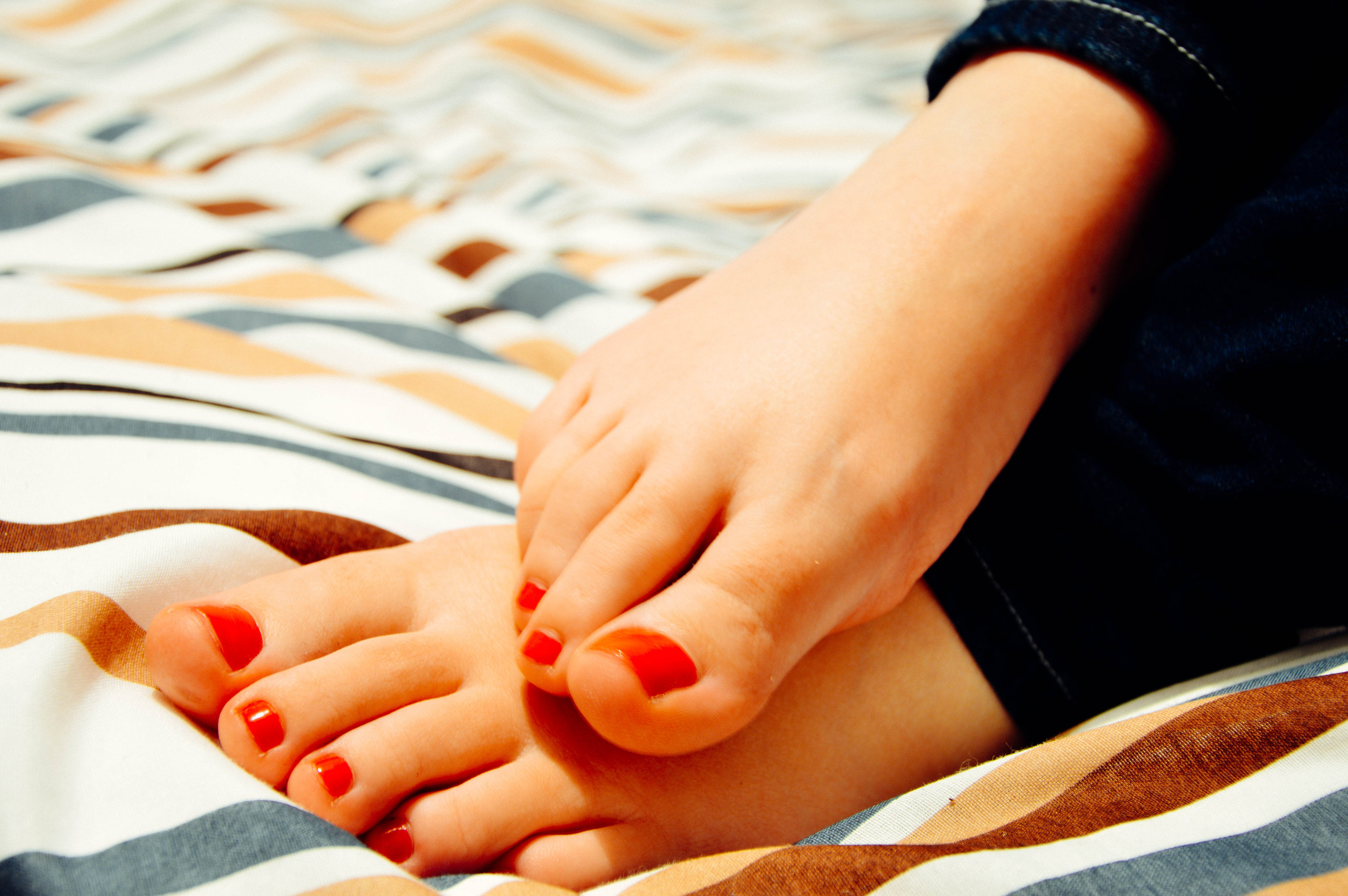Contents
Pedicure with Toenail Fungus: A Comprehensive Guide
If you’re suffering from toenail fungus, chances are you have also experienced unpleasant foot issues. Taking care of your feet when you have a toenail fungus is important, as it can quickly spread and cause more serious problems if not treated.
One of the most effective remedies for toenail fungus is a pedicure. During a pedicure, the nails are cleaned, and the affected areas are exfoliated and treated with antifungal agents. This helps to remove any unhealthy particles from the feet and toenails. Additionally, massage techniques such as reflexology help promote healthier blood circulation in the feet, encouraging quicker healing.

Understanding Toenail Fungus
Toenail fungus, also known as onychomycosis, is a common condition that causes discoloration, thickening, and often crumbling at the edge of the nail. This fungal infection can be unsightly and sometimes painful and can spread quickly if not addressed promptly. Maintaining good foot hygiene and seeking appropriate treatments are essential to managing and overcoming toenail fungus.
The Importance of Foot Care
Proper foot care is vital when dealing with toenail fungus. Neglecting this can lead to more severe infections, which can spread to other toenails or even the skin. Regular pedicures can be crucial in keeping your feet healthy, especially when combined with antifungal treatments.
Benefits of a Pedicure for Toenail Fungus
A pedicure can be an effective remedy for toenail fungus for several reasons:
- Cleaning: Pedicures thoroughly clean the feet and toenails, removing debris and dead skin that can harbor fungus.
- Exfoliation: Exfoliating the feet helps remove infected skin cells, reducing the fungal load on your feet.
- Antifungal Treatment: Many salons use antifungal agents during pedicures, which can help treat the infection.
- Improved Circulation: Massage techniques, such as reflexology, promote better blood circulation in the feet, supporting the body’s natural healing processes.
Preparing for Your Pedicure
Before you schedule a pedicure, it is essential to consider the following:
- Consult Your Podiatrist: Speak with your podiatrist or healthcare provider about your condition and whether getting a pedicure is safe. They can provide recommendations or specific treatments to use during your pedicure.
- Choose the Right Salon: Ensure the salon is experienced in handling clients with toenail fungus. Ask about their sterilization protocols to ensure all tools and equipment are sanitized properly to prevent the spread of infection.
- Bring Your Supplies: To reduce the risk of cross-contamination, consider bringing your tools, such as nail clippers and files.
- Communicate with the Technician: Be upfront with your nail technician about your condition. This helps them take the necessary precautions and apply appropriate treatments.
What to Expect During Your Pedicure
A pedicure designed for someone with toenail fungus might include:
- Soaking: Soaking your feet in warm water with antifungal solutions to soften the nails and skin.
- Cleaning and Trimming: Carefully cleaning and trimming the nails to remove infected parts and reduce thickness.
- Exfoliation: Gently exfoliating the feet to remove dead skin cells.
- Antifungal Application: Apply antifungal creams or oils to the affected nails and surrounding skin.
- Massage: Light massage to improve blood circulation without aggravating the infection.
Post-Pedicure Care
After your pedicure, continue to follow a rigorous foot care routine:
- Maintain Cleanliness: Keep your feet clean and dry. Change socks regularly and avoid wearing tight, non-breathable shoes.
- Apply Antifungal Treatments: Use any prescribed or recommended antifungal treatments consistently to combat the infection.
- Monitor Your Nails: Watch for changes in your toenails and seek medical advice if the infection worsens.
Preventing Toenail Fungus
To prevent toenail fungus from developing or recurring:
- Practice Good Hygiene: Wash your feet daily and dry them thoroughly, especially between the toes.
- Wear Appropriate Footwear: Choose shoes that allow your feet to breathe and avoid walking barefoot in public places like locker rooms and swimming pools.
- Avoid Sharing Personal Items: Do not share nail clippers, socks, or shoes with others.
What is toenail fungus?
Toenail fungus is an infection caused by a type of fungus, which is a microscopic organism. It is sometimes referred to as onychomycosis, and it can affect your feet, toes, and toenails. Toenail fungus typically begins as a white or yellow spot under the tip of the nail. It can spread, thickening the nail and turning it yellow or brown. The nail may become brittle and distorted. In severe cases, the toenail can separate from the nail bed.
The most common cause of toenail fungus is trauma to the nail. Fungus can also spread from one person to another through direct contact or in shared items such as shower stalls, locker rooms, and public swimming pools. People with weakened immune systems from conditions such as diabetes or HIV/AIDS have a higher risk of developing toenail fungus. Fungal nail infections are also more likely to occur in people who wear tight-fitting shoes, walk barefoot in public areas, have perspiring feet, or have a family history of the condition.
Possible treatment options for toenail fungus include antifungal medications, laser therapy, and natural remedies. Treatment should be determined on an individual basis with a doctor’s help. Always practice preventative measures to avoid getting toenail fungus or spreading it to others.
